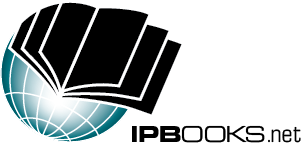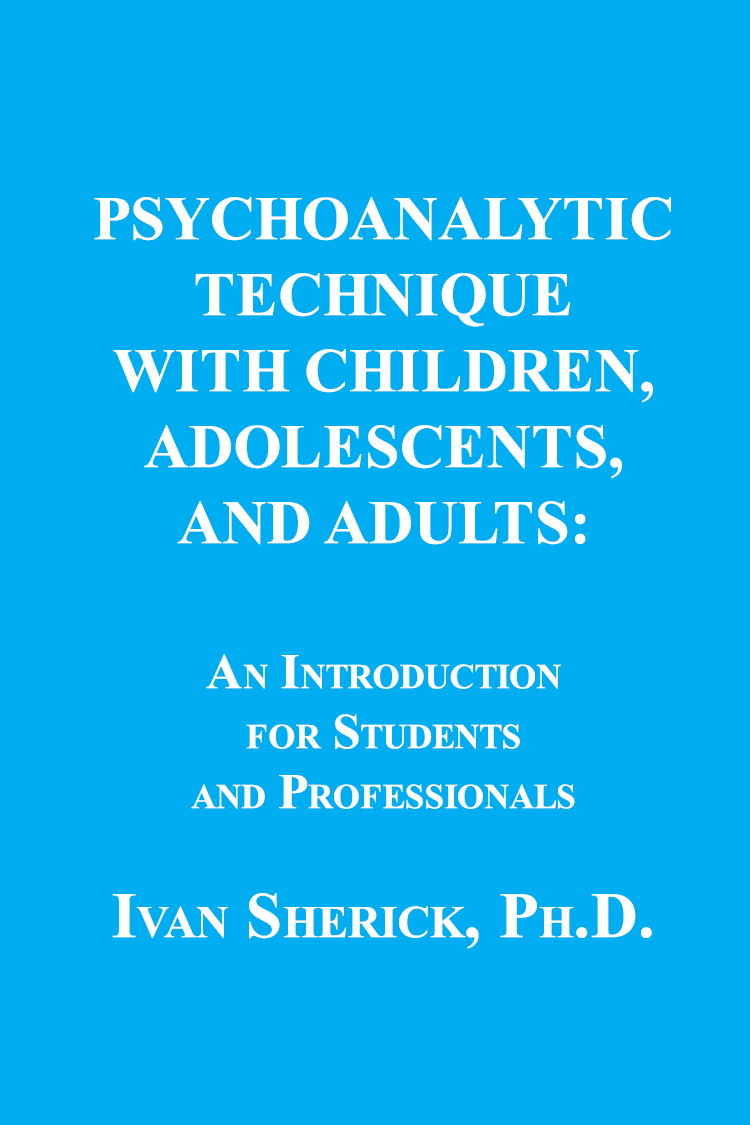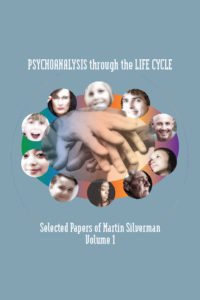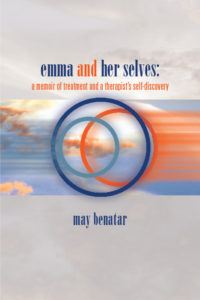PREFACE
I have decided to write this Introduction following the positive reception of a recent earlier book, Introduction to Child, Adolescent, and Adult Development:
A Psychoanalytic Perspective for Students and Professionals, published by IP Books. That book was written in a “reader-friendly” manner. I used technical language with clear and simple definitions, did not include references, or footnotes, and it was not styled as an academic scholarly treatise. I have endeavored to write this book in the same fashion. Technical terms are italicized.
I have not divided the book up into respective child, adolescent, and adult sections. My thinking is that by not doing so, the differences and similarities in child, adolescent and adult psychoanalysis with regard to a specific technique will be more available to the reader if they are addressed together. In my opinion awareness of child and adolescent analysis is beneficial, and I would say essential, to effective work with adults. The reason is that when one treats an adult one is dealing predominantly with the child and/or the adolescent within the adult.
My focus is on psychoanalysis as a clinical technique, so I will not get involved in a discussion of psychoanalytically informed clinical treatments, e.g., psychodynamic psychotherapy. There are some similarities but also major differences. I will have an introductory section on the psychoanalytic model of the mind and developmental theory. I think this will help the reader appreciate the discussion of the various techniques because it will provide a theoretical framework or rationale of the reasons for the various interventions. The topics I have chosen to focus on are inspired by my experience completing a Hampstead Index as a requirement of my child/adolescent analytic training program.
You will notice that some issues are mentioned several times in different contexts. This is so because they have relevance for different types of analytic interventions. Psychoanalytic clinical theory and technical interventions recognize the multi-determined nature of mental conflict and its treatment and some issues reappear because they are part of this multi-determinism.
At the end of the book I will include a list of references of books on psychoanalytic technique that I have felt helpful in my career as a psychoanalyst.
I received my training first as a Child & Adolescent Analyst at The Hampstead Clinic in London, England, under Ms. Anna Freud’s direction, graduating in 1971. I then received my Adult Psychoanalytic training from the Michigan Psychoanalytic Institute, graduating in 1981. My psychoanalytic orientation is known as an ego-psychological one, derived from the classical technique formulated by Sigmund Freud, but I believe it is better described as a contemporary ego-psychological orientation insofar as I have integrated some perspectives of techniques of other contemporary schools of psychoanalysis. I will briefly mention other schools of psychoanalysis so the reader can choose to read up more on them if my brief comments raise his or her curiosity.
I am grateful to past supervisors, colleagues and patients whom I have learned from over the past years. I hope this book will be helpful to you in decisions you face regarding professional training or personal growth.




